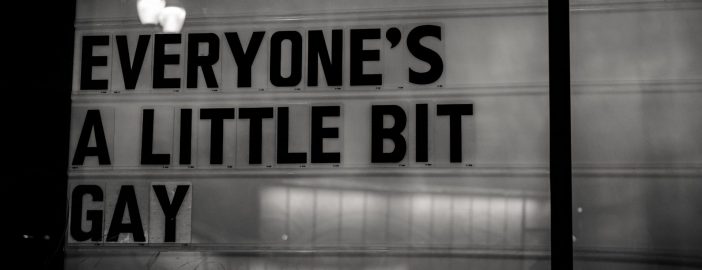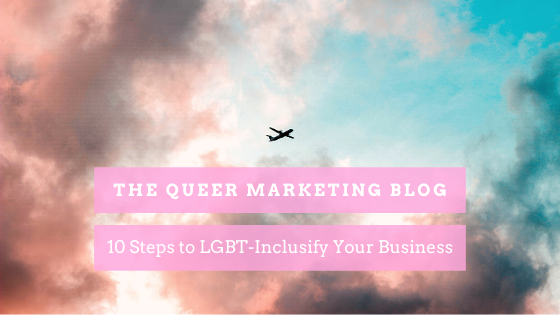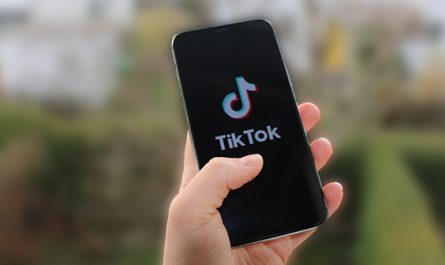In a previous post, I’ve told you all about Rainbow-Washing, and why you’ll want to avoid painting your business in rainbow colors if there’s nothing to back up your claim of inclusiveness. However, making your business LGBT-inclusive isn’t easy and certainly doesn’t happen overnight. If you choose this path, you’ll need courage, strength, patience, and above all, commitment and perseverance.
Let’s look at one corporation’s journey towards inclusiveness to see how you can apply their learnings to your respective business.
American Airlines’ Journey to One of the Most Inclusive Corporations in the US

This story starts in spring 1993 when many LGBT Americans traveled to Washington DC to take part in the March on Washington – many flew in from distant cities. Consequently, many flights were crowded with LGBT people on their way to the nation’s capital. One particular flight with an enthusiastic and openly gay group of passengers on board on a flight out of Washington DC stood out, though. An American Airlines crew member recommended that all of the aircraft’s pillows and blankets who had been in contact with our group of LGBT travelers be discarded or systematically sanitized because she feared that these items would be contaminated with HIV and potentially spread the AIDS virus to the cabin crew and other passengers. Of course, word spread quickly among LGBT outlets and national outrage ensued.
Believe it or not, the story gets worse. That same year, in a separate incident, a passenger living with AIDS was physically removed from an American Airlines flight leaving Chicago. The passenger was visibly in the later stages of AIDS-related illness and as the flight was boarding, he decided to take his badly needed medication. At that time, AIDS medication was delivered intravenously. This, naturally, worried crew members who were genuinely concerned about the passenger’s safety and well-being. However, shortly thereafter, the decision was taken to insist the passenger step off the aircraft. When the man refused to move or be moved off the flight, the struggle resulted in a highly publicized forceful removal from the airplane by Chicago authorities.
Both of these incidents lead to perpetually bad press for American Airlines in LGBT media outlets. Many AIDS activists encouraged the LGBT community to never fly with AA ever again. On the other side of all this, the airline was trying to make up for their mistakes by hiring an LGBT marketing agency startup to find a way to improve their image among the LGBT community. Even before they got involved, as one of the very first US corporations, AA had already adopted a written statement on employment discrimination based on sexual orientation. While this was undoubtedly a step in the right direction, AA needed to prove that they were willing to do what it took to harbor a gay-friendly and welcoming climate within the company. Due to the nature of these two incidents, the involved agency recommended employee sensitivity training on HIV and AIDS as a first step. What’s remarkable about their journey is that AA’s own LGBT employees were included as an integral part of the solution.
AA’s commitment to restoring their image among LGBT Americans was put to test less than a year later in the summer of 1994 when New York City hosted two separate LGBT events: the 25th anniversary of the Stonewall Riots, and the ’94 Gay Games, which promote LGBT sportsmanship and reward outstanding athletic achievement. For AA, these two events represented a huge opportunity to prove themselves, but a repeat of the previous year’s scandals was to be avoided at all costs.
As a preparation for these events, the marketing firm scripted a company-wide employee training video, in which American Airlines executives communicated its policies regarding the respectful approach of all passengers, including LGBT people, and of course those, who live with HIV or even AIDS. Further, the video was intended to teach cabin crew members how to respond to the needs of such individuals more thoughtfully and sensitively. Also, for the first time ever, American Airlines executives spoke to and on behalf of all of its LGBT employees and extended a warm welcome to all LGBT passengers who chose to fly on their planes.
What started out as a time of confusion and ambiguity about American Airlines’ true corporate character morphed into a long-term testament to respect, partnership, and crystal-clear communication. By incorporating LGBT issues into their diversity strategy, American Airlines was able to reap humongous dividends – millions in revenue can be attributed to its targeted outreach to LGBT Americans (Witeck & Combs, 2006).
10 Strategies to “Inclusify” Your Business

Now, this isn’t 1993, but even today, according to GLAAD, “more than 40% of lesbian, gay, and bisexual people and almost 90% of transgender people have experienced employment discrimination, harassment or mistreatment.” If you’re not fully convinced yet why your business needs to take active steps towards inclusion (it’s OK), studies have shown that openly LGBT employees are happier and more productive than those who are forced to hide in the closet, and, more good news: the productivity gains even extend to their coworkers. Also, we’ve talked about all the benefits you’ll reap from LGBT customers who learn about your inclusiveness and will shop with you instead of your non-inclusive competition. In addition to the business benefits, your LGBT employees’ health is at stake: LGBT workplace discrimination leaves people feeling afraid to be who they are, distrustful of their colleagues, having to tolerate offensive jokes or even bullying, and experiencing higher levels of stress and other harmful effects on their health – physical and mental.
As you’ve seen in American Airlines’ case, there’s no easy and quick way to “inclusify” your business. I will still try to provide you with a list of some important steps your business should take on the road to inclusiveness:
Here are some helpful links from the video
- LGBT Job Platforms: Pink Jobs, LGBTI-Jobs, and Proudr
- LGBT-Events around the world your business can support/be part of
- Helpful NGOs (USA): The Trevor Project or the Human Rights Campaign HRC (among others)
- Helpful NGOs (Switzerland): Pink Cross or LOS (among others)
- Inclusive Language Resource: GLAAD Media Reference Guide
Workplaces aren’t always as inclusive as they should be – you may consider yourself to be “woke” as hell, but discrimination is alive and well. All companies, no matter their size, need to put measures in place to provide a truly inclusive environment for all employees. The above-listed steps are neither expensive nor difficult to implement, but they do require time and commitment. So start small, but start today!
In the meantime, please share my blog post with your peers!
Do you want to know more about LGBT-Marketing? Read my other posts, too!
? 4 Reasons Why Your Business Needs LGBT-Marketing
? The Dos and Don’ts of LGBT-Marketing
? LGBT-Marketing: Worst Practices
? LGBT-Marketing: Best Practices
? How to Deal With Anti-LGBT Backlash
? Rainbow-Washing: Explained
? How To Celebrate Pride During a Global Pandemic
Literature:
Witeck, R., & Combs, W. (2006). Business inside out: Capturing millions of brand-loyal gay consumers. Kaplan Pub..




Interesting post and I think it’s great how you explain the 10 steps in the video! Great job. In my opinion a company should take a comprehensive approach and pay attention to LGBT friendliness in all areas. For example, I did not know that there are LGBT job portals.
Thank you, Anja! I agree, especially if you consider the incredibly high rewards of being an inclusive company with little or no cost to actually turn things around to become one. And yes, there are in fact LGBT job portals, but not many companies are aware of them. For future employees they are a great way to see which companies truly go above and beyond, though. This is why I think more HR employees should invest time in advertising their jobs, there too. That really sends a pretty clear signal to the community.
Hey Olivier!
Great inputs, I wish my employer would apply some of these steps.